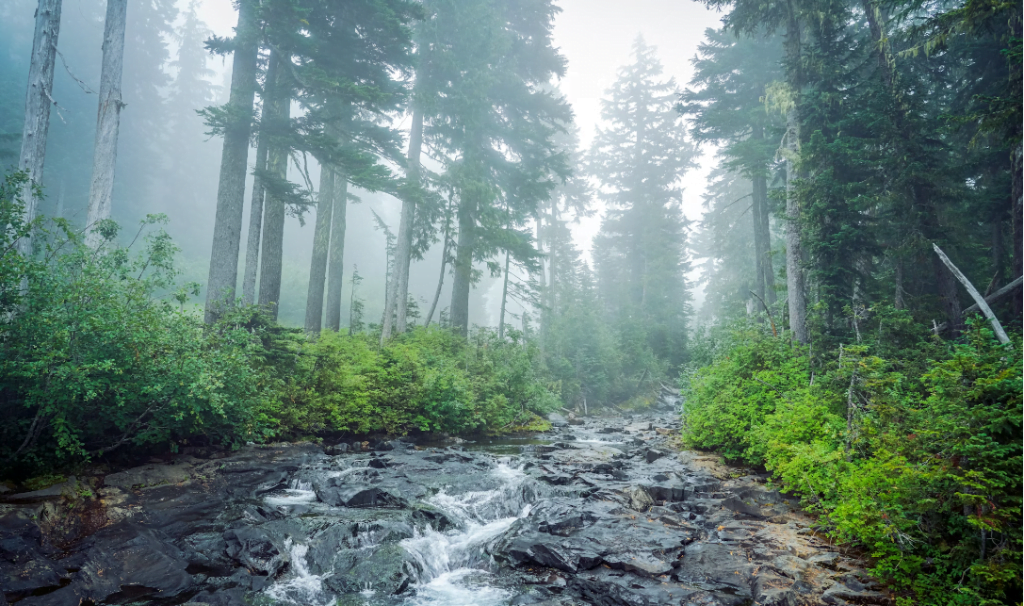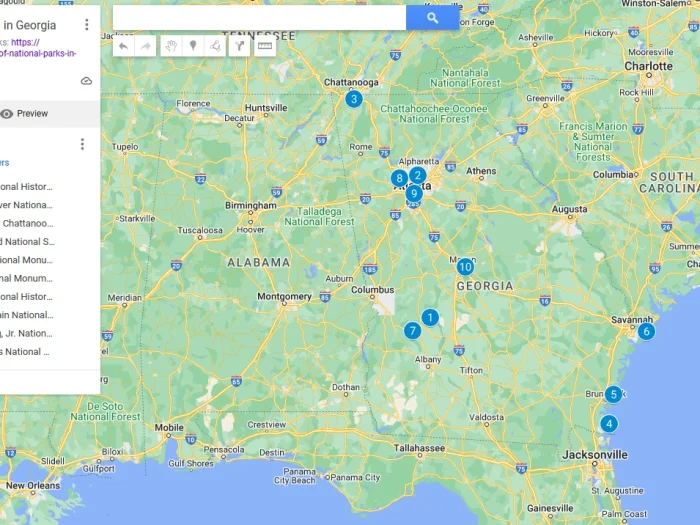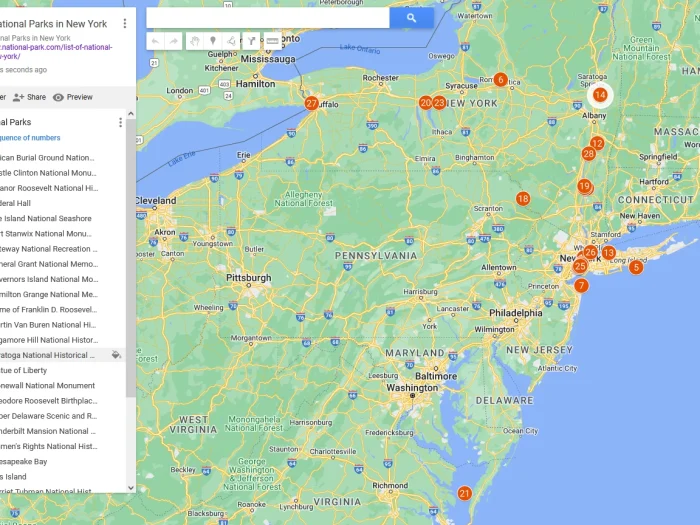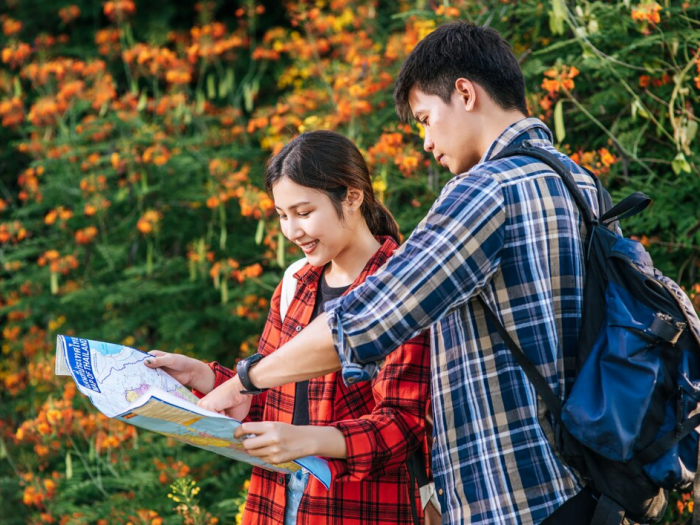Importance of Environmental Education & Outdoor Learning
Nature needs our help. For centuries, developing civilizations have exploited natural resources without considering their limitations, and today, many countries around the world are promoting an environmental agenda. In leading countries, the concepts of the fragility of nature, the need to take care of the environment, and the preservation of individual areas in the form of national parks and reserves are being promoted and introduced into the consciousness of ordinary people.
For such a policy to be most effective, it is necessary to cultivate a love of nature in children from an early age. Today, we will discuss the importance of environmental education and outdoor learning, and together, we will think about what programs in school and college can most effectively contribute to caring for the environment and preserving natural resources.
It would be wise always to remember that if you need free time for outdoor learning and to eliminate some academic debts, you may consider contacting CustomWritings to get expert assistance with college papers. Seasoned writers will expertly handle the most daunting tasks, while you will have time and energy to consider more essential issues.
https://unsplash.com/photos/a-stream-running-through-a-lush-green-forest-QPVgqHurAP8
Significance of Environmental Education
Through the study of both the natural and man-made worlds, environmental education (EE) brings us into closer contact with our immediate surroundings. EE brings attention to environmental problems that affect us all and how we can help fix them and keep them from worsening.
Youth, educators, schools, and communities benefit from EE in many ways, such as incorporating nature into the classroom, bringing students outside to study, or discovering unexpected teaching moments when hiking with family. National parks and reserves are a key way of preserving the environment and a standard example of civilized treatment of nature.
#1 Empowering Student’s Activism
Maintaining Earth’s natural resources over the long run requires a stewardship mentality. But we must also provide kids the tools they need to be activists if they genuinely care about the climate crisis. Youth activism shows politicians that climate change is a contentious subject for future voters, which significantly influences policy.
Teaching pupils about their concerns raises their awareness. Educators may enhance their learners’ comprehension of environmental protection and climate change by facilitating student projects that promote outdoor learning. Participating in neighborhood clean-ups or constructing eco-systems on school grounds teaches kids to be proud of their environment and gives them the tools they need to share what they’ve learned with others.
If young people want to make a difference, they can join one of their school’s many climate advocacy groups. By becoming members of organizations that have formed partnerships with the Climate Action Network, students may take their climate activism to the next level. In their battle against climate change and environmental degradation, over 1900 organizations rely on the CAN for financial and logistical assistance.
#2 Giving Opportunities for Professional Development in the Future
A combination of public awareness and kindness will not be enough to stop climate change. To address the issues posed by climate change, tomorrow’s decision-makers must possess multidisciplinary abilities. Unfortunately, many educators lack the necessary skills to include environmental education in their lesson plans.
Teachers who care about the environment should have more agency. Professors should be able to discuss the scientific evidence of climate change in class, and students concerned about the environment should be able to take away some valuable skills from their lessons.
#3 Raising Student Awareness
Future leaders can be better informed about climate change and its impacts through environmental education. It can be challenging to link students to materials that help them comprehend global warming, especially in countries like the United States, where climate change is viewed as a “political” subject with strong political overtones.
Parents concerned about the environment may help their children understand climate change by letting them play outside in natural settings. Natural playgrounds, such as those constructed from sustainable materials and repurposed items, are best for discussions on environmental preservation and the significance of being good stewards of the Earth’s resources.
Outdoor Learning in Schools and Colleges
Outdoor learning is one of the best ways to introduce children to nature while learning. Most modern education programs recognize the importance of outdoor learning and include appropriate activities. There are many ways to combine business with pleasure and introduce outdoor learning into specific lessons.
Nutrition and Gardening
The most obvious and widely used way to develop a relationship with nature among students is through additional classes in nutrition and gardening. Such activities for children are both an opportunity to have fun with friends in the fresh air and to experience unity with nature and the need to care for the environment in practice.
Physical Culture
In many educational institutions, physical activities occur outside during warm seasons. Even in winter, some teachers organize special activities such as skiing or skating. Outdoor physical education is an excellent example of combining business and pleasure. After an hour of exercise outside, students return to class and continue their studies with increased concentration.
Excursions to National Parks and Reserves
Some schools and colleges, from time to time, organize excursions to nature reserves and national parks for students. A few hours in a national park is one of the best ways to experience the beauty of nature, be impressed by the landscapes, and gain inspiration and new thoughts.
Children often love these trips because they are exciting and fun, allow them to feel the sensation of traveling, and have a great time with friends. Some parents send their children to camps in the summer, where they receive minimal training in wilderness survival and get a break from the information-heavy life in the cities.
Outside Lessons
Some items allow you to conduct outside lessons from time to time and encourage you to do so. For example, biology or geography can be significantly beneficial because students can confirm and test their theoretical knowledge of the subject in practice. Theoretical learning is the basis of education, but theory not supported by practical skills is often powerless in solving real problems.
Recycling Competitions
And finally, another great way to involve students in outdoor activities is through recycling competitions. Introducing a small symbolic prize helps to attract greater student interest in the competition, and the competition itself helps children develop social skills and learn to work in a team. In addition, such competitions contribute to the overall fight against pollution and passively raise students’ awareness of global environmental issues.





